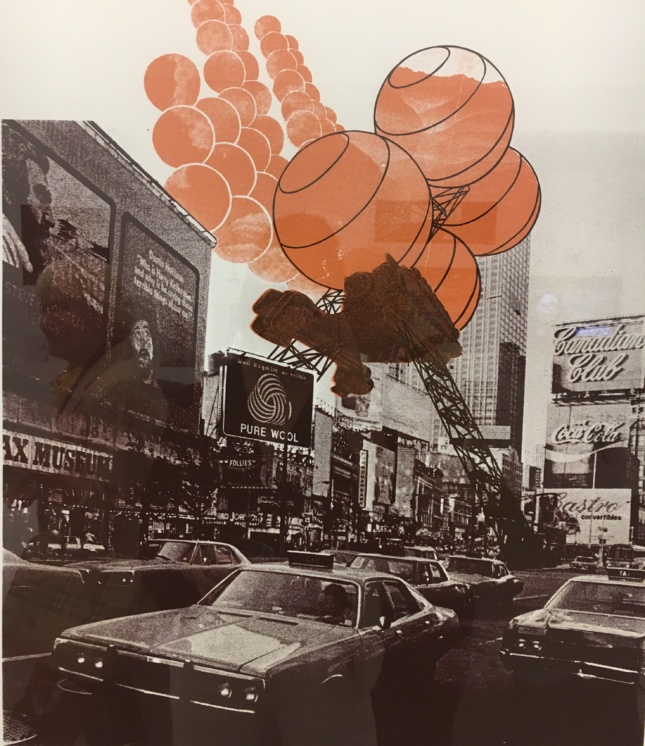The Austrian Cultural Forum’s iconic building by Austrian-American architect Raimund Abraham plays a fitting setting and set-piece for Resident Alien: Austrian Architects in America. The exhibition, jointly curated by Stephen Phillips and Axel Schmitzberger, opened on September 25 with a standing-room-only panel and five galleries showcasing the iconic works of expat Austrian masters, from the classic modernist forms of Adolf Loos to the current high-tech work of Peter Trummer.
The opening night panel used the contextual significance of the exhibition as a springboard to address broader themes, opening with a conversation between the Austrian passport-carrying panelists including Herwig Baumgartner, Andrea Lenardin, Christoph Kumpusch, Peter Trummer, Bettina Zerza, Duks Koschitz, and Matias del Campo. Their varying generations resulted in the discussion of the contemporary meaning of hyphenated Austrians, as well as the implications of being from an era of voluntary, rather than forceful, migration stateside, differing from their predecessors in the ‘30s and ‘40s.

Andrea Lenardin referred to this 20th/21st-century transition as stemming from a collective “idea of the misfit,” to the nods and agreement of everyone else on the stage; “we weren’t forced out, we were free to come here. Hopefully, the 21st-century idea of who you are will not be tied to locality,” said Lenardin.
With ideas of identity and the weight of the creators of modernism on the mind, visitors were invited into the galleries after the panel, which was forced to end on time despite the high energy circulating through the conversation to the very end.
The galleries are thematically split into the five themes: Primitive Domains, Aggregate Families, Urban Terrestrials, Cloud Natures, and Media Atmospheres, all said to explore the idea of bicultural heritage. However, while the stated intent was ascribed to the sort of heritage discussed on the panel, these five themes were presented more so as shelves on which to categorize interesting projects and objects, rather than come alive as platforms for deeper cultural ideas or placemaking.
Starting with Primitive Domains, drawings, models, and photographs explore the beginnings of modernism as geometries set in landscapes, free from ornamentation and following the concept of form and function. As the galleries progress, towards Aggregate Families and Cloud Natures, the architectural forms acquire added complexity, both in form and context—including an evolving urban setting. The works and representations on the walls reach towards increasingly digitized methods of creating, viewing, and building, with the uppermost gallery housing Media Atmospheres, a darkened and immersive space where spatial manipulation—even intangible elements, like neon light—is explored as a manipulation of the human condition itself.

While this exhibition explores the physical outcomes of the flow of ideas and design culture from Austria to the U.S, the objects and concepts read more as being a part of the flow of contemporary messages we recognize today, global in scale and adaptation—there is a continuous feedback loop, not a one-way street, in the design world. Today, practicing architects are often true global citizens, like the panelists, all of whom have worked in their home country, the U.S, and around the world, not just as “cosmopolitans” in the dated sense, according to Duks Koschitz.
Design and architectural representation, pushing new limits in digital and post-digital worlds, is a language in itself, with an identity untethered from locality, the same untethered existence that Lenardin hopes for the professionals themselves. So while there may indeed be some truth in the humorous myth of the Trummer-suggested Austrian “architect gene” that sent laughs around the stage, it’s no longer contained, but carried by the self-proclaimed misfits in the lab, studio, and world.
Resident Alien is on display at the ACFNY until February 17, 2019.











